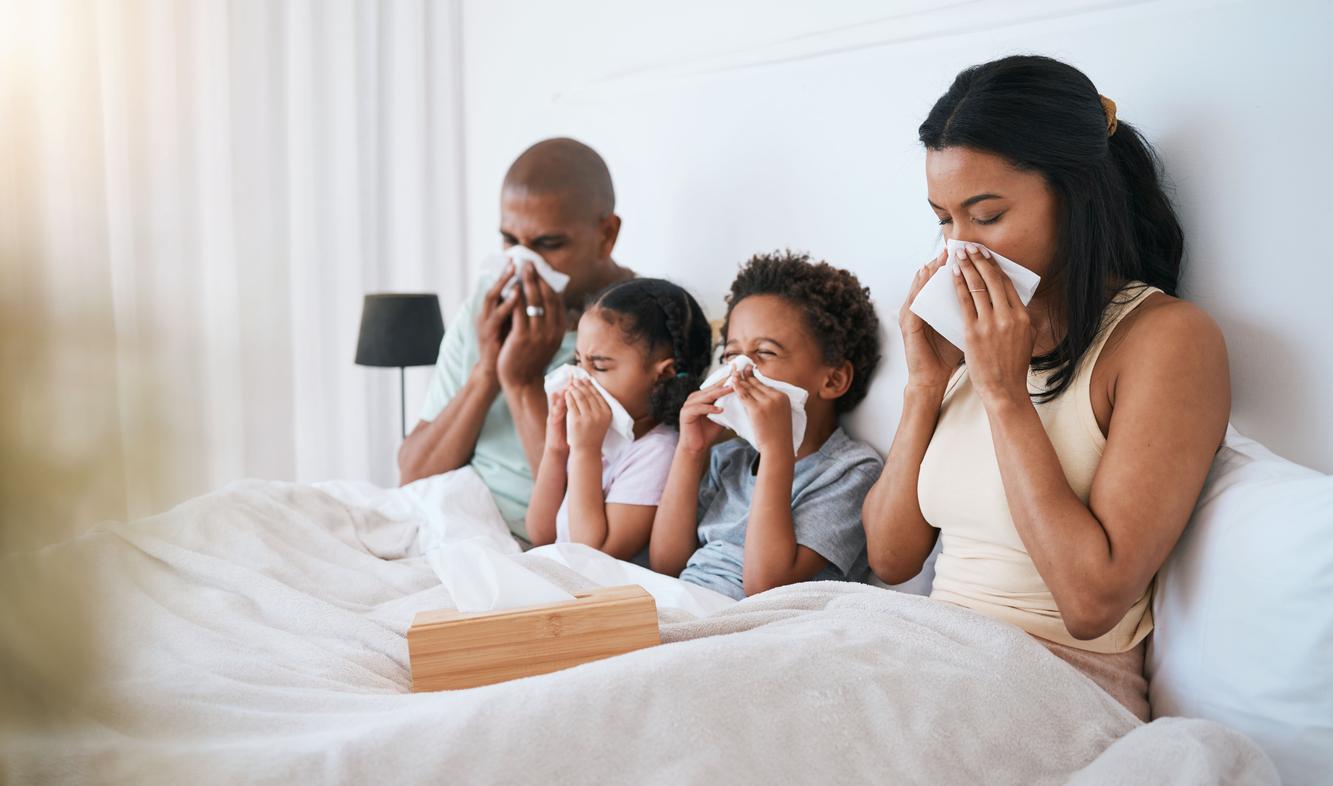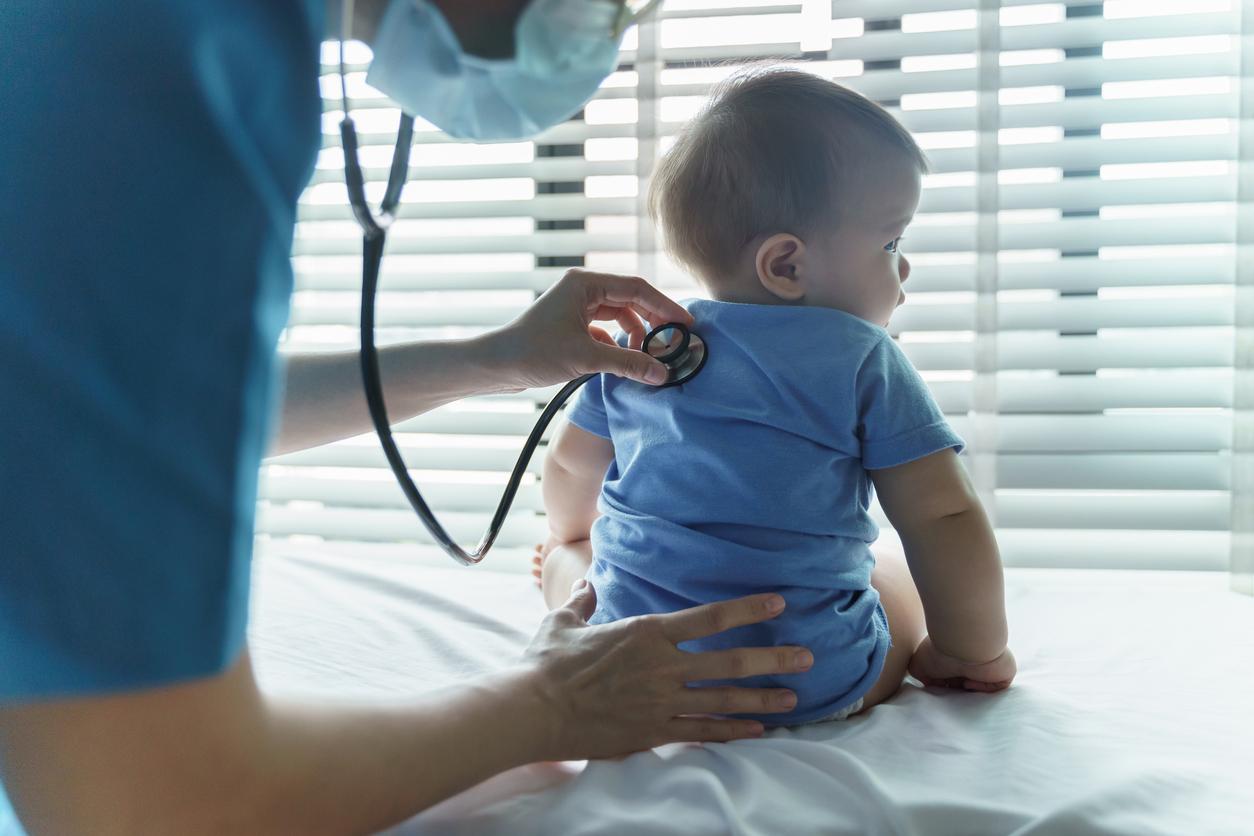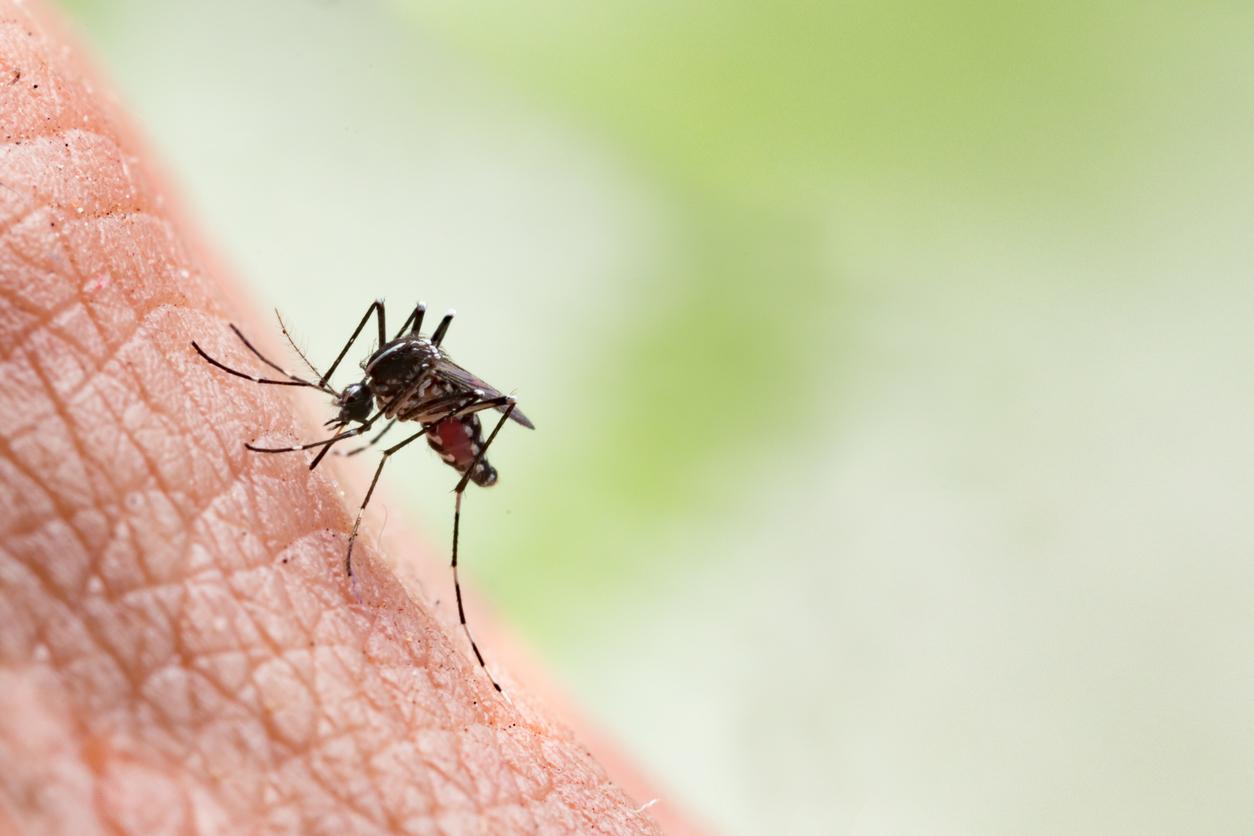Two studies have assessed the repercussions of deconfinement on the possible resurgence of the new coronavirus in France. If they have both concluded that a second wave was to be considered, they give keys to avoiding it, such as the specific protection of people at risk and large-scale screening.
-1589353863.jpg)
Little by little, France came back to life. Since May 11, everyone can leave their home without a derogatory travel certificate. Nevertheless, caution remains in order. Social distancing, barrier gestures, ban on traveling more than 100 kilometers from home: everything is done to prevent SARS CoV-2 from spreading again across the country. Two studies, however, suggest that a second wave could be considered in the fall.
The first was conducted by researchers mainly from Public Assistance-Paris Hospitals (AP-HP) and of Public Health Expertise. They produced a model recreating the circulation of the virus within 500,000 people through their social interactions. Frequency of contact between friends, number of children per class, of colleagues in a workplace… In total, 194 parameters were taken into account.
Further protect those at risk to avoid a second wave
Thus, the scientists assessed the potential consequences of post-containment measures, such as the specific protection of the people most vulnerable to Covid-19, social distancing and wearing a mask. Result: only the last two measures would prove ineffective in preventing intensive care units from being overwhelmed again.
On the other hand, according to the researchers, once coupled with the protection of people at risk, wearing a mask and social distancing would have better results and would make it possible to avoid the dreaded second wave. In short, if everyone respects barrier gestures and if fragile people stay as much as possible at home, France should not have to confine itself once again.
The need to screen, trace and isolate at least 50% of new cases
The second studycarried out by researchers mainly from the National Institute of Health and Medical Research (Inserm), uses a model used to assess the consequences of confinement on the healthcare system in Ile-de-France. Scientists focused on the impact of reopening schools, taking into account parameters such as moderate social distancing, as well as large-scale testing, tracing and isolation of Covid-19 cases.
Result: if a resumption of classes on May 11 for all young people would very surely lead to a second wave similar to the first, it would be possible to avoid it by limiting the workforce to 50%. Nevertheless, other conditions should be implemented, such as the screening, tracing and isolation of at least half of new cases of Covid-19.
“We would have to face a second wave more intense than the first”
“If only 25% are identified, we would have to face a second wave more intense than the first, starting at the end of June with resuscitation capacities exceeded until August”says Vittoria Colizza, director of research at Inserm, interviewed by The world.
The modeler also stresses the importance of respecting social distancing. “This assumes that 50% of people stay at home – either that their professional activity has not resumed, or that they are teleworking – that the elderly have reduced their contacts by 75%, and that there is a reopening partial (no more than 50%) of different activities and businesses”she explains.
“Important decision-making and thinking aid”
At this stage, these are only assumptions. However, this does not mean that the government and the population cannot act now to avoid a second wave. “Each model has its drawbacks, but when there is convergence on an identical question with different means, we can consider that it is an important aid to decision-making and reflection, which must lead to a lot of caution”says Éric Daudé, geographer and director of research at National Center for Scientific Research (CNRS)questioned by The HuffPost. Thus, while the uncertainties persist, the watchword remains the same as since the start of the health crisis: caution.
.

















